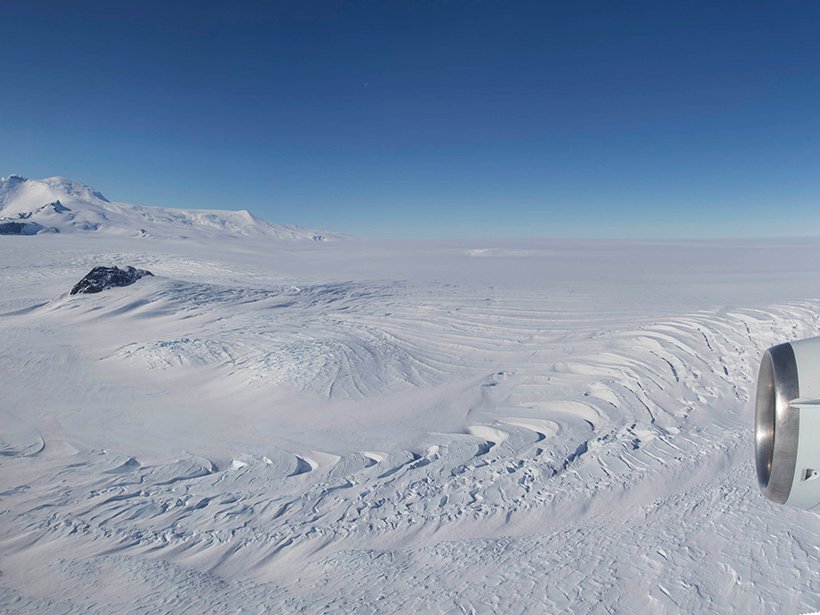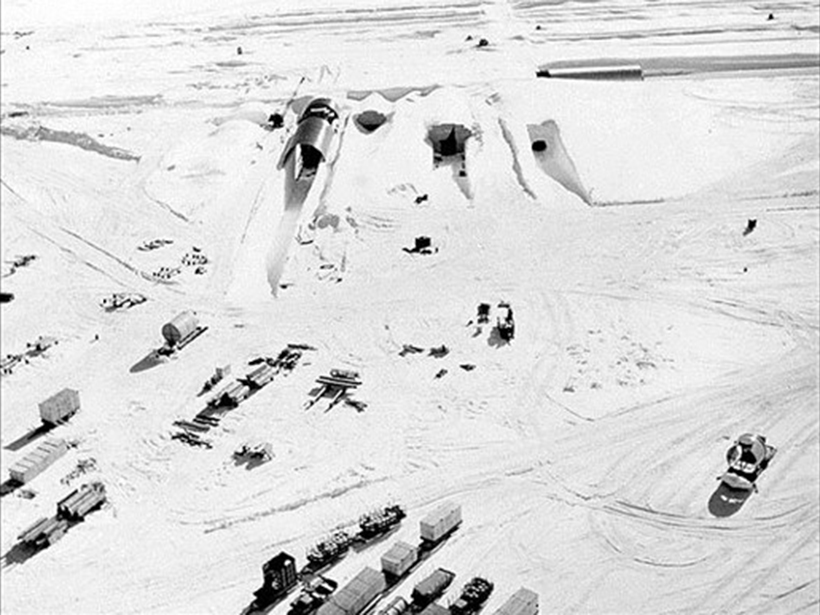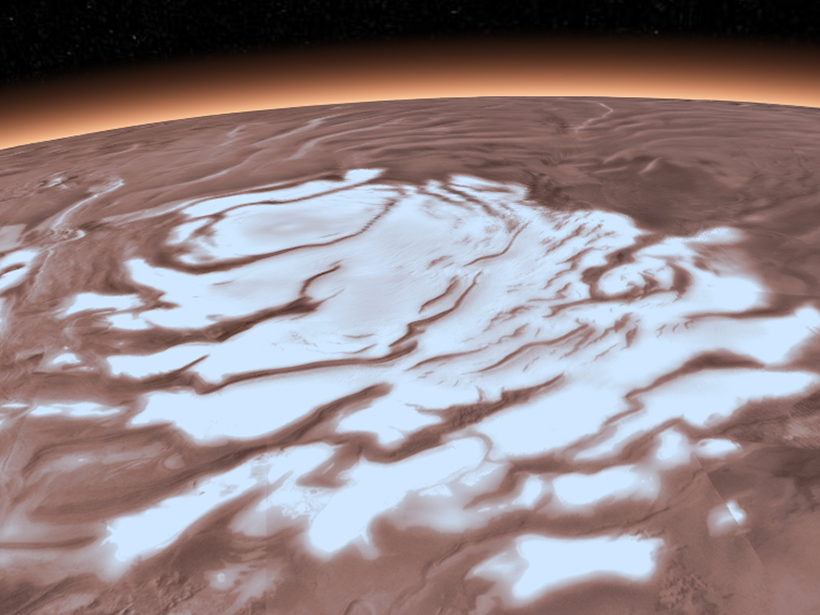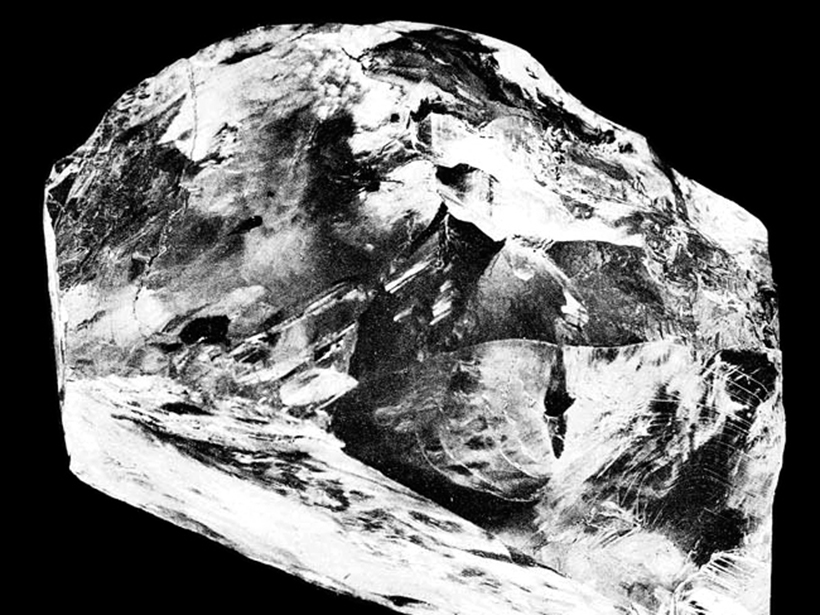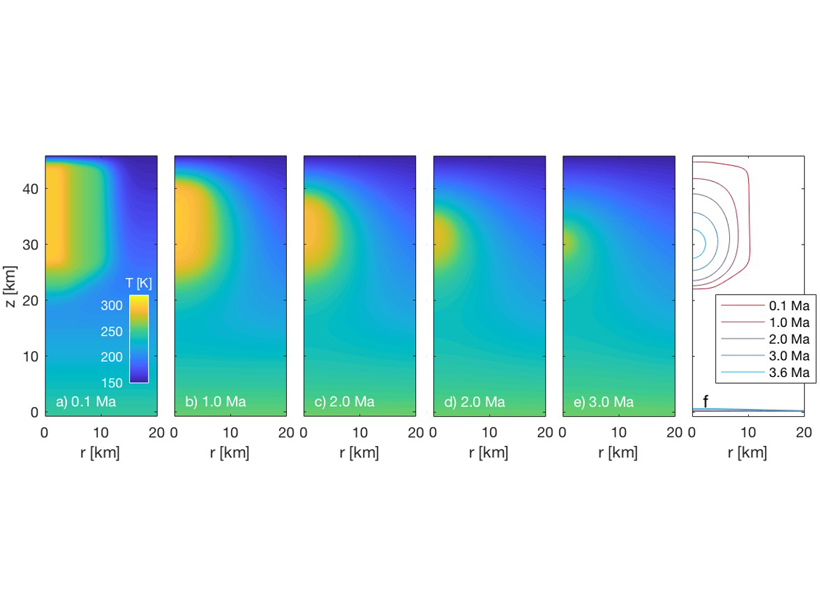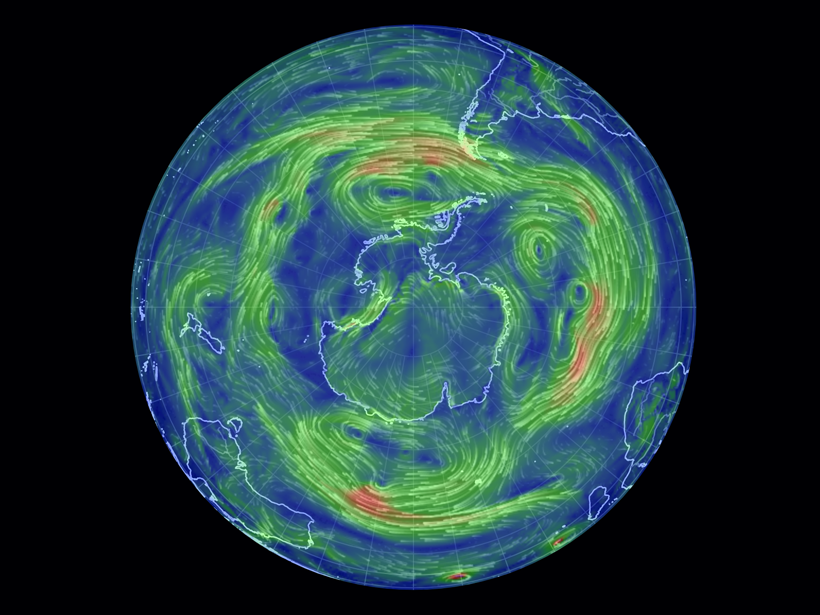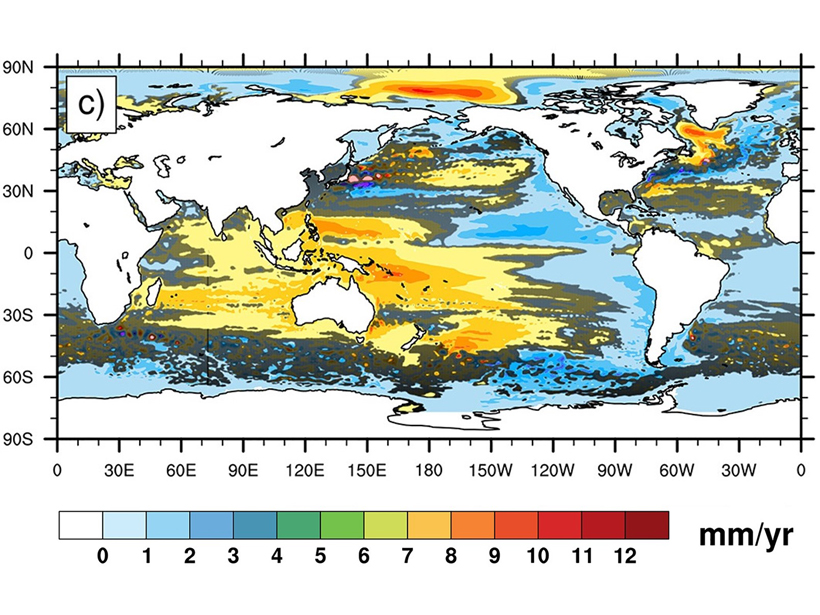Accurately modeling melt rates in specific ice shelf locations is critical for forecasting how Antarctica’s ice sheet will respond to climate change.
Geophysical Research Letters
Podcast: Toxic City Under the Ice
In the latest episode of its Centennial series, AGU’s Third Pod from the Sun recounts the history of a top-secret military project with unintended environmental consequences.
A Step Closer to Quantifying Global Photosynthesis in Real Time
High spatial and temporal resolutions of a data set on a proxy for plant photosynthesis, as well as contiguous global coverage, have great utility for a variety of applications.
Local Heat Source Needed to Form Liquid Water Lake on Mars
Thermal modeling suggests that active magmatism in the past few hundred thousand years could account for the presence of a large lake previously hypothesized beneath the Red Planet’s southern ice cap.
Explaining the Genesis of Superdeep Diamonds
Real-time tracking during diamond anvil cell experiments indicates reaction rates may control the unusual depth distribution of the extremely rare diamonds that form deep within Earth’s mantle.
Erupting Saltwater and the Bright Spots in Occator Crater, Ceres
Simulations show that pockets of brine that form from the addition of impact heat to the crust of Ceres could have erupted on the floor of Occator crater, explaining the presence of the bright spots.
Humming Ice Shelf Changes Its Seismic Tune with the Weather
Seismic waves resonating within the upper layers of the Ross ice shelf could help scientists monitor the Antarctic melt season and understand factors that could lead to sudden ice shelf collapse.
Estimating the Likelihood of Future Temperature Extremes
A prototype model allows scientists to investigate how wind eddies and other atmospheric phenomena may affect the prevalence of heat waves and cold snaps in the Southern Hemisphere.
An Inherently Noisy Ocean Can Disguise Regional Sea Level Trends
Sea level trends in different regions of the ocean caused by both natural and man-made changes in the atmosphere can be partially hidden by internal random processes intrinsic to the ocean.
More Evidence Humans Migrated to the Americas via Coastal Route
A new chronology shows that ice-free areas existed along the British Columbia coast earlier than previously thought.

